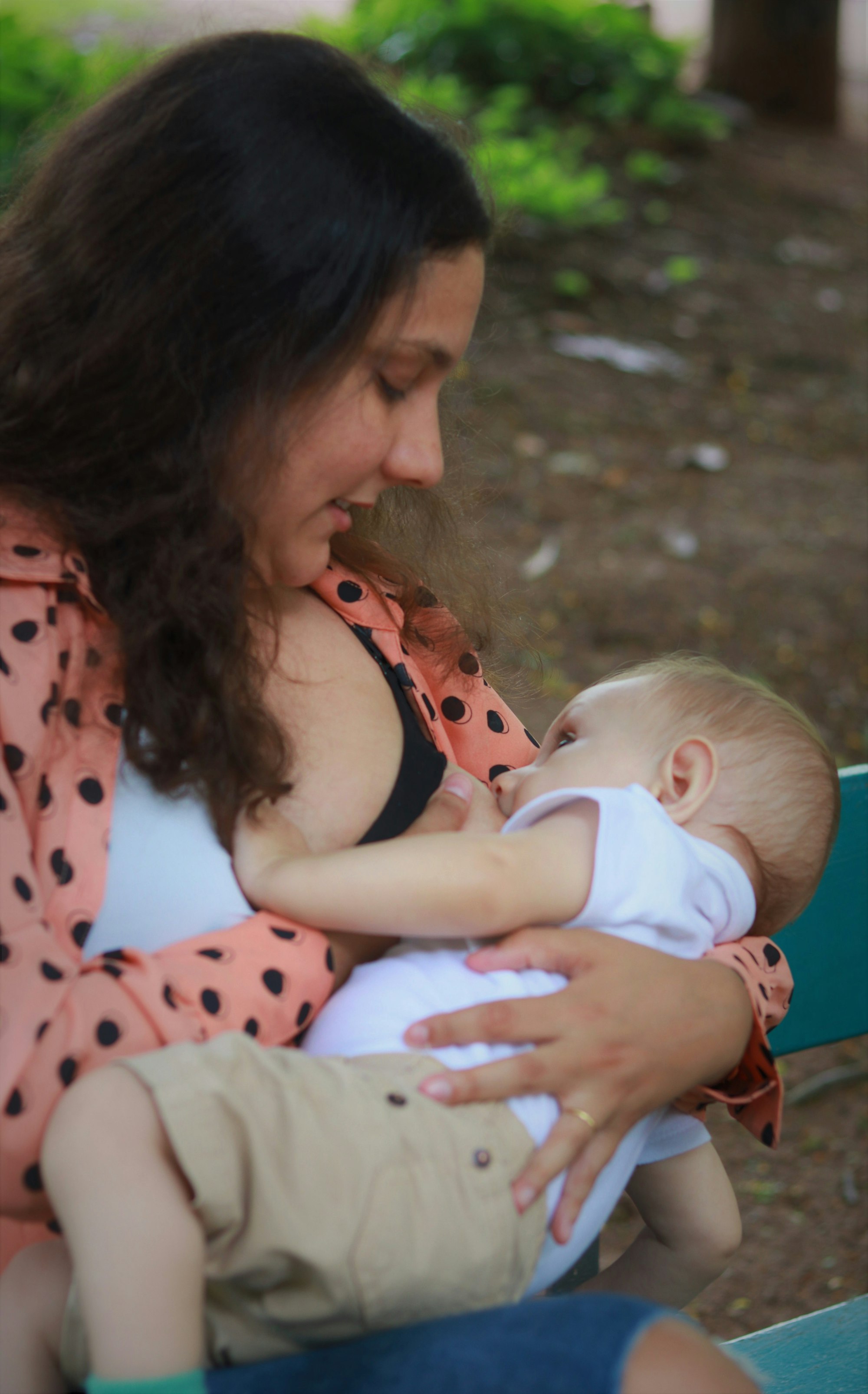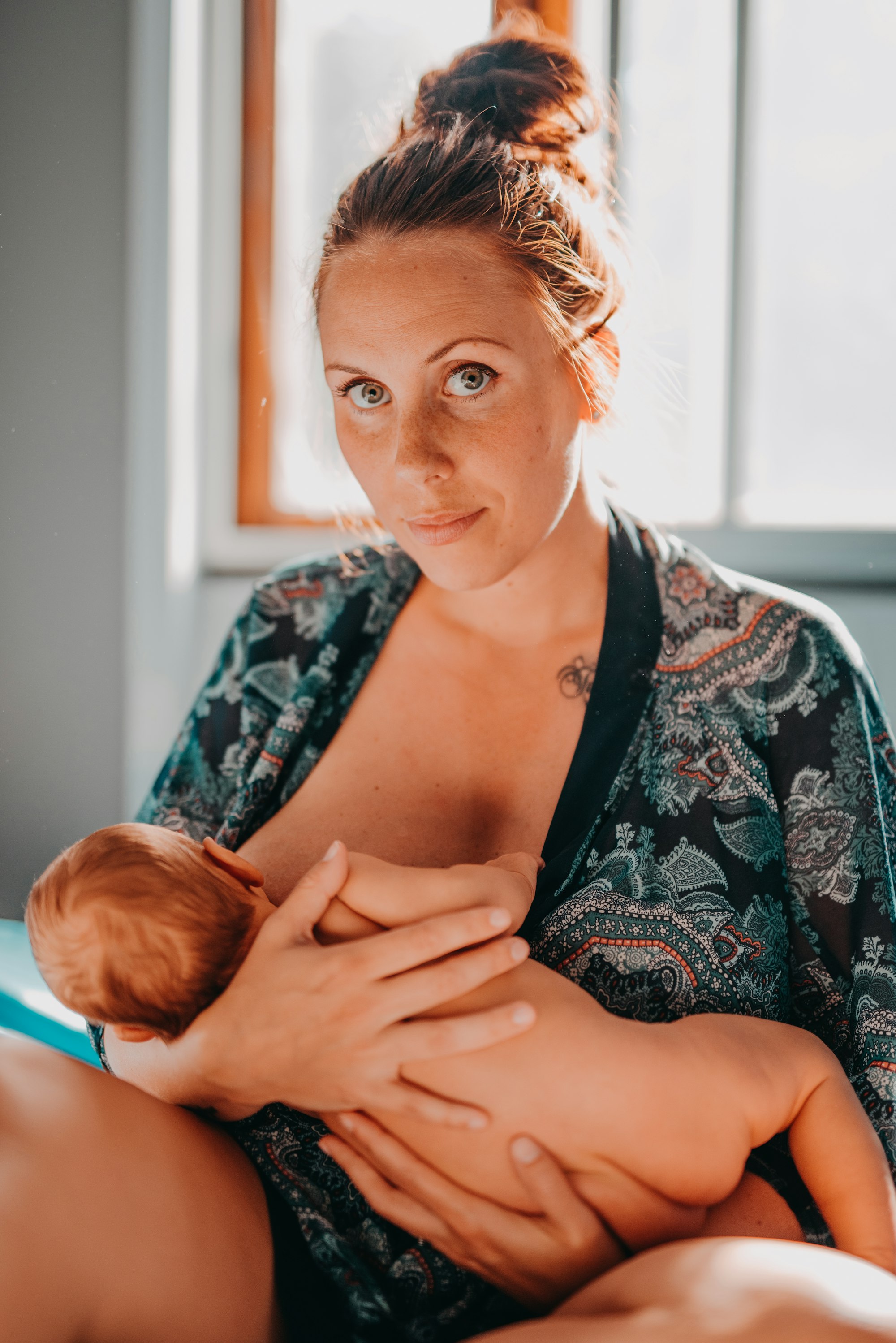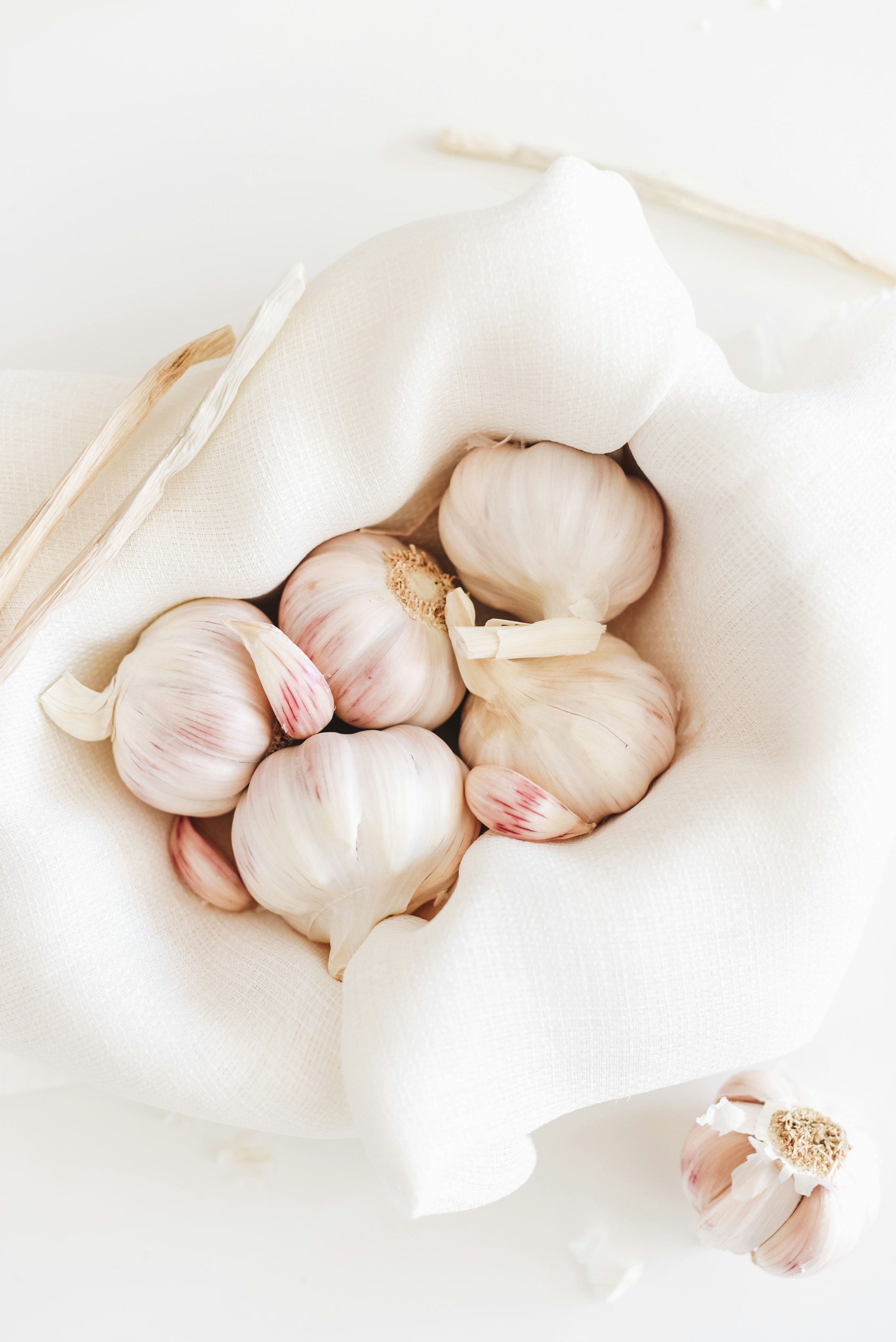Mastitis Causes, Symptoms, Treatment, and Prevention
Continue to breastfeed. Breastfeeding will help to clear the infection and relieve some breast soreness. Apply warm compresses to the breast, or take a warm shower before breastfeeding or expressing.

Mastitis is a breast infection in the breast tissue. Breast infections are caused mainly by bacteria found on normal skin. The bacteria usually enter through cracked nipples. The infection is in the breast's fatty tissue, creating a swollen breast and pain.
Things That Could Cause a Breast Infection
- Sore or cracked nipples, although infection may develop without an open wound.
- A tight bra causes pressure on the milk ducts.
- Not draining your beasts sufficiently causes blocked milk ducts.
Symptoms of Breast Infection

Mastitis Symptoms
- One side of the breast can become larger than the other.
- Breast lumps may occur.
- Sore breast (tender breast).
- You could experience fever and flu-like symptoms (nausea & vomiting) and body aches.
- Your breasts might feel itchy.
- A nipple discharge (pus-like substance) and nipple pain.
- Your breasts may feel hot, and you may feel some breast tenderness.
- You may find that you have enlarged lymph nodes under your arms.
- Your milk supply may decrease temporarily.
- You might notice that your milk seems thicker or has a fatty look.
Mastitis Treatment
Milk from the nipple will be cultured. If you are not breastfeeding and suspect you have a breast abscess, tests may include a mammogram or breast biopsy.
Self-Care
- Continue to breastfeed. Breastfeeding will help to clear the infection and relieve some breast soreness.
- Apply warm compresses to the breast, or take a warm shower before breastfeeding or expressing.
- Wholesome foods will help to strengthen your immune system.
- Massage gently but firmly from the plugged region toward the nipple. A lactation massager is definitely a worthwhile investment.
- Try nursing while leaning over your baby ("dangle feeding") so that gravity will help in loosening the blocked section.
- Use cold compresses between feedings to decrease breast pain and breast inflammation.
- Vary your baby's position at the breast so that all the blocked ducts are emptied.
Natural Medicine that will Help Heal Mastitis
- Garlic: Take three cloves of garlic with four ounces of carrot juice; mix in a blender every two hours.
- Comfrey leaves and Calendula flowers: Boil them and put them on the breast at least four times daily while warm. The Comfrey and Calendula will ease the sore nipples, draw out the infection, and clear the ducts.
- Raw Cabbage leaves: If placed directly on the infected area of the breast, it will help draw out the heat and infection. The Cabbage will also decrease the swelling of the engorged breast.
- Cold, grated raw Potato: Can be used as a poultice. Apply directly onto your sore breasts.
- Vitamin C: Can be used to improve the body's resistance.
- Calendula herb: Heals skin at a rapid rate.
- Other herbs that are safe to use that may help.
- An Epsom salts bath - The magnesium in Epsom salt is believed to have anti-inflammatory properties and can help to reduce pain and inflammation in the affected breast tissue. Soaking in an Epsom salt bath can also help to increase blood flow to the affected area, which may help to reduce swelling and promote healing. Additionally, the heat from the bath can help to relax the muscles, which can also provide relief from pain.

Chronic Mastitis
If an abscess develops, it will need to be drained. Women with abscesses may be told to stop breastfeeding temporarily. IV antibiotics are often necessary.
Signs Suggesting You Need Antibiotic Treatment:
- There might be a history of recurring mastitis.
- A fever that is rising.
- You are feeling worse as time goes by.
- If your breasts become red, hot, or swollen.
- A Persistent fever, dizziness, or confusion.
- You feel a lump in your breast.
- Your breast pains during a breastfeeding session.
Mastitis Control
Prevention
- Take care of your nipples while breastfeeding. Clean them after every breastfeeding session.
- Ensure most of the milk is removed from your breasts by breastfeeding and pumping if necessary. This will prevent plugged ducts.
- Make sure that your baby is latching on correctly.
- Wean gradually over weeks so that your breasts can adapt to the amount of breast milk they need to produce.
- Try to breastfeed equally from both breasts.
- Avoid dehydration by drinking lots of fluids.
- Make sure that your baby's mouth is clean before every breastfeeding session.
- Avoid sleeping on your tummy, so your breasts are not squashed against the mattress.
- Taking lecithin supplements to prevent clogged milk ducts.
Milk stasis could occur when the milk is not drained entirely from your breast during breastfeeding. Milk stasis causes even more pressure on the ducts, which can cause pain and breast engorgement.
If the infection does not clear after antibiotics, go back to your doctor. A rare type of breast cancer called inflammatory breast cancer may also cause the same symptoms as mastitis. (Redness and swelling)
Determined to Breastfeed / Engorgement and Mastitis
by Giddy
"I sometimes feel like I have breastfed forever!
When I had my eldest son, there wasn't a question in my mind that he would be breastfed. All my family had done so, and I wasn't going to spend my time and money on formula and bottles.
Luckily he was a very easy-going baby and took to feeding quickly.
I loved every minute of feeding him. Returning to work when he was nine months old became a logistical nightmare, and I had to stop; I was gutted.
The next time around was quite different. My second son was a very demanding baby! He seemed to feed constantly, developed thrush in his mouth at one point, and made sure I didn't sleep more than an hour or two for the first few months!
Despite this, I never considered not breastfeeding, and when he weaned himself at about 18 months, I felt I had done well.
My daughter came along some years later, and by then, I had strong views on breastfeeding - I was determined that although I had to go back to work when she was nine months, I wouldn't quit that early. With help from my boss (and a change in breastfeeding laws), I was able to express while at work and feed at home. My daughter quickly realized that when I was at work (I worked nights), there were no breasts, so that she would sleep all night long.
If I was at home, it was another matter! Breasts on tap, and she took full advantage. The only problem I had with her was one horrendous night I couldn't express, I worked 12 hours, and by the time I came home, I knew I had mastitis.
I couldn't believe it, my daughter was well over a year, but the symptoms were unmistakable. I went straight to the doctors and was given antibiotics - I was shaking with fever, one breast on fire, and so sick and dizzy I could barely drive.
I spent two days lying in bed feeding my daughter and feeling sorry for myself before it got better. It left me with a new fear - what would happen when I eventually stopped feeding? Would the mastitis come back? It worried me so much I decided I would take no steps to wean my daughter off and let her decide for herself. She did this just before she turned three!
Luckily she did it gradually, and I only had slight engorgement to deal with. Since then, I have trained to be a breastfeeding peer supporter and can't tell you how rewarding it is to help mums learn and get to grips with feeding their babies. Anything that makes more mums choose to breastfeed is excellent."
Breastfeeding Through a Mastitis Infection
by Terri Christle (Holton Michigan, US)
"Hello, my name is Terri; I am a 19-year-old mother of one who is almost 11 months old. He was exclusively breastfed for about a week and a half - I had to pump every hour, and my baby was eating every two hours between pump sessions, so I started supplementing and slowly went to formula.
I went three days of trying to dry up, and I just continued to produce and produce until it was a nonstop fountain, and that's when I thought, 'I obviously was meant for breastfeeding, and ill start over and try again' Since then he got his first two teeth at 4months, and now he is at eight teeth! Now, a couple of months later, he has recently bitten me due to being irritable because of an ear infection.
Yesterday my lymph nodes under my arm on that side were all swelled up, and painful to even move my arm, let alone touch them. Then later yesterday, I noticed a red streak running from my underarm down to the bottom of my nipple and that the whole underneath was red and HOT!
Right then, I knew something wasn't right, and my body was weak; I felt hurt and had a headache, nausea, and flu-like symptoms - so I had to go to the doctor. I went in, and yes, I found out I have mastitis!!
Who knew! The most frightening thing I thought I was going to hear, on top of hearing I had mastitis, was that I'd have to stop breastfeeding, which is not an option, but to my surprise, the doctor said I could continue!! It made my day happy!
So I've been put on antibiotics, and I am struggling throughout the excruciating pain of feeding off that side (due to the bite sore and his teeth hitting it every time he eats no matter what position), but "I am strong" is what I keep saying to myself because if I could handle delivering a 9lbs healthy baby boy with no pain medication or epidural, I can fight through having mastitis without a problem!
So please, ladies, don't just give up in the first week like I tried to - it's so very much worth every minute!"
Soaking Breast Using Epsom Salts
by Monique
"I'm not sure how to do this without actually killing my back, trying to soak my breasts, and not being able to completely submerge the breasts in the water, as the lumps are at the back of the breasts. Is the tingling sensation normal?"
Re: Epsom salts soak
by: Tracy
"Hi, Monique! You can have an Epsom salts bath - then you will not suffer from backache, and you can soak both breasts at once and relax!
Epsom salts are great for skin care; it can help with many things, from dry skin to skin infections (I've even used it on diaper rash) So, don't be scared to bathe in it.
You can use a cup and a half of Epsom salts in your bath water.
The tingling sensation is normal.
Hope this helps."
Milk from My Affected Breast
by Tess
"I have just been to the doctors for what I thought was a clogged milk duct. It turned out that it was a pus-filled abscess that they had to drain then and there, it was pretty large, and I was feverish.
The doctor advised me to continue to express from my affected breast but not to give the milk to my 5-week-old baby.
My question is - is the milk from my affected breast not safe for my baby? It makes me want to cry when I have to throw out 4oz of breast milk down the drain!"
Re: Continue breastfeeding
by: Tracy
"Don't worry about your baby getting sick from the infection (even if pus is visible in the milk). Moms are always advised to continue breastfeeding - it cannot harm the baby.
So, you do not need to pump and dump. You could get baby to breastfeed instead of pumping if there is no incision near the nipple: this will help drain the breast more effectively and help with the healing process."
White Spot On My Nipple.
By Reb (Nj)
"I have a white spot on my nipple and am in pain; I have been dangle feeding, using a heated compress, and soaking in Epsom salt. I have also been self-expressing, but nothing is helping. I am afraid I'll get mastitis. Please help!"
Re: Milk blisters
by: Lezel
"It sounds like a nipple bleb to me. Since the heating and Epsom salts didn't work too well, maybe you can try opening it up and expressing any hardened milk that may be stuck in the area.
You can warm it in a shower/bath, then gently rub over it until it opens, or if you'd prefer the fast way, use a sterilized needle to pick it open. Once it is open and drained, you can apply coconut oil to help heal the area. Coconut oil has antiviral, antifungal, and antibacterial properties. You can rub some over the entire breast and nipple area to keep it moisturized and germ-free with no adverse complications while nursing. Massage around the breast regularly to help prevent recurring episodes.
For more help and advice, read up on nipple blebs and blisters here.
I hope the information was helpful."
